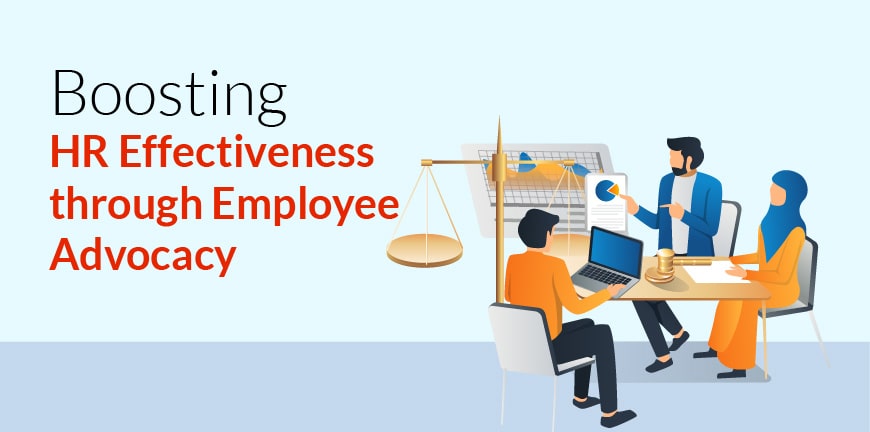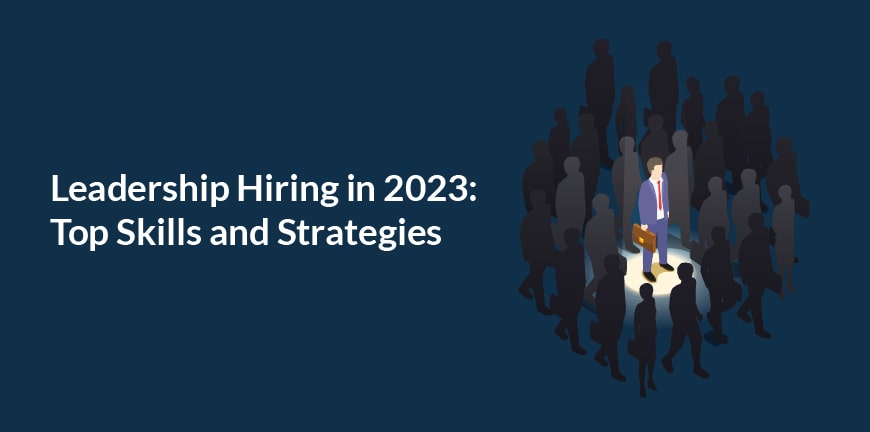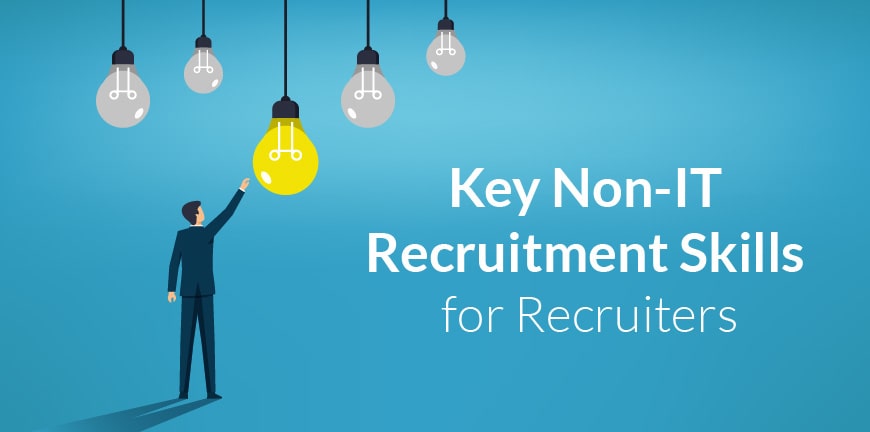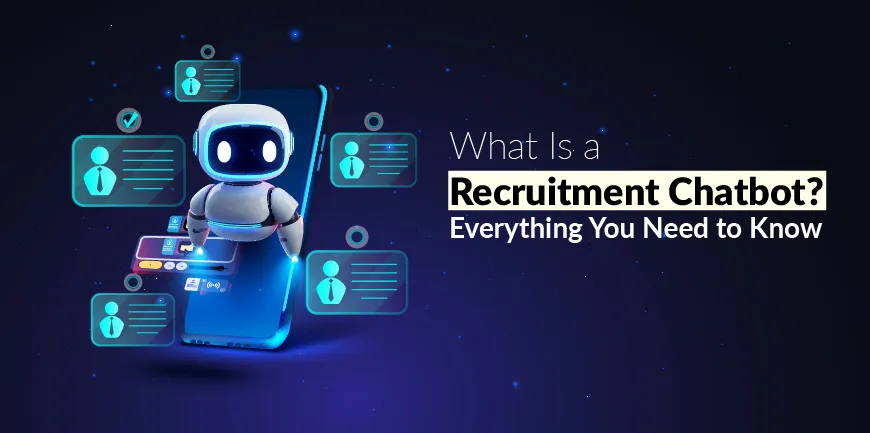
Improving Patient Outcomes: Pharma’s Support Program Advancements
27/10/2023
Boosting HR (Human Resources) Effectiveness through Employee Advocacy
30/10/2023With the rise of the new technological wave, there has been a disruption in the industry, people from different generations (holding on to different values) are working together under one roof in the same office space and are trying to communicate and express themselves in newer, more efficient ways.
The rapidly changing business environment has forced employers to look for different skills in the new hires they are making, which are changing almost every year.
The prevalence of an economic downturn is true, but it hasn’t made the job market any less competitive. The ratio of job openings to the number of unemployed people is still immense. However, global talent shortages have hit a 16-year high, with 75% of employers struggling to find candidates with the right blend of soft and technical skills.
Speaking specifically about hiring top management professionals or what you could call leadership hiring, employers look for candidates with skills that include people skills, strategic thinking, futuristic thinking, a comprehensive working knowledge of the operations in an organization, and a knack for leadership.
As mentioned before, the technological spur has reinforced the need for candidates with new technical talent and soft skills.
What are the Most Desired Skills for Top Management-level Candidates?
1. Ability to think of the big picture
As an executive in top-level management, one of your primary responsibilities is to guide your team/department or the entire company. You need to understand how the company operates and note the impact every department makes to help implement a change when the situation demands it. Past overlooking daily operations, a good leader can envision a company’s future by assessing the relationship between the industry and the market at big.
2. Senior leadership
Leadership is an essential capability that helps bring out the best efforts of employees and direct them towards the goal of the company. An individual with the right leadership skills can effectively communicate the team’s purpose, help develop individual efforts, and promote values and creativity. To hone leadership skills, focus on specific traits- Inclusivity, authenticity, ethics, values and reflection.
3. Decision making
The stakes of the decisions made by higher-level executives are usually huge and hold more importance, having long-lasting consequences than when made by someone with lesser power or responsibility. The ability to gauge a timely, closest to an accurate decision is an essential characteristic of a top-level leader. The best leaders never act on situations immediately when they possess all possible information but wait until they have enough data to project accurate outcomes. Knowing when to pause and move forward is one of the most critical abilities for executives.
4. Strategic thinking/analytical thinking
Decisions/ choices made by an executive usually have ripple effects. An individual in a top management position should never consider a decision as singular. An analytic thinker would make choices and treatment options as if they were connected, forming a chain reaction. As an executive, you need to be able to predict the changing conditions and make conscious, informed decisions. The ability to gauge a situation and imagine how it can pan out is one of the key competencies required of a top-level executive.
5. Originality, creativity, and initiative
Originality comes from being fearless and creative and developing the trait to carry initiative without worrying too much about negative opinions. It allows people to think differently, be more mindful of their surroundings, and focus on their intentions. A person with originality and passion helps in converting differences into opportunities. It is an exceptional quality that one lacks but one that is incredibly impactful.
6. Tolerance to stress, resilience, and flexibility
Bearing pressure in stressful situations is an essential part of being resilient. Another very crucial part is the ability to handle the intangibles. A company led by a tolerant, resilient leader exhibit strong culture, accountability, and agility. A resilient and flexible leader can imbibe high employee engagement and participation, approaches work with an adaptive mindset, navigating change successfully.
7. Problem-solving and reasoning capabilities
Problem-solving and reasoning skills are the most critical skills to learn and possess as they allow you to overcome challenges, improve efficiency, and encourage creativity and innovation. Also, it helps you build trust, facilitate collaboration, and manage risk. Individuals with outstanding problem-solving skills have extraordinary leadership abilities and are more likely to be successful in achieving goals and driving growth in an organization.
How to attract top-management-level candidates?
Candidates who are experienced, knowledgeable, and skilful in their fields come with plenty of expectations, as they are mindful of the value they can add to the business. Top-level candidates are usually passive job seekers, not seeking jobs actively, like the other grade candidates. To attract and land them, employers need to take a strategic approach.
Some of the steps to improve your chances of engaging and connecting with a C-suite level candidate are-
1. Define and set clear targets!
Targeting top-level candidates is not a volume game. Rather than focusing on 1000s of profiles, focus on a select few. Illustrate an ideal candidate profile that helps attract your targets. Discover the right people in your target accounts. Assemble your database with the right contacts. You must understand rank, influence patterns and corporate dynamics to ensure you are targeting the right mark.
2. Performing rigorous research
Performing in-depth research can help attract the desired targets. Some of the details you need to pay attention to are-
- Know about the C-level executive priorities as well as the organization’s priorities.
- Know about their weak points or needs from the business concerns.
- Know about their field of expertise, competition in their discipline, customer drivers etc.
- Understand the trends that affect CxO’s decisions and the company’s position in the global market.
3. Creating a multichannel strategy to get sound attention from good candidates
While there are several standard demand generation tools to reach out to your target candidates, it’s not enough. Human interaction is still one of the most effective ways to draw attention. But here are a few other effective mediums through which you can communicate to C-level Executives.
- Emails
- Phone calls
- Social media Ads
- Online advertising
- Personalised landing pages etc
Attracting a C-level candidate is a team sport. Choose the right people for the right tasks to get nearer to your goal. To reach out to candidates who are at the top you need to up your game by combining different methods to reach out.
Keep the email follow-up as a secondary option and direct mail as the first. Top-level leaders often respond better to direct emails, and it has been known to be more effective in drawing the candidate’s attention.
What is Direct Mail?
Some examples of direct mail campaigns-
- A tailored study comparing your firm with the competitors enclosed in an envelope.
- A book or stack of information that is relevant to your offer/product/service.
- A personalised video in a box that has a tablet is a good approach.
4. Develop separate content strategies for each c level candidate to deliver value
Make a personalized value proposition for each candidate with the relevant information and points that the specific candidate is looking forward to. You need to understand their issues and priorities and address them in your proposition. With the help of the insights, you’ve gained create personalized campaigns that will help establish their trust.
5. Account-based marketing
Post- covid, a strategy called account-based marketing was introduced, which was essentially a business strategy that concentrated its resources on target accounts within the market. The personalized campaigns designed helped focus on the target more efficiently.
6. Use of a strategic approach
There are specific steps to follow to help you land a meeting with your targeted C-suite candidate.
- Be clear about what your objectives are and convey them in the best way possible.
- Show that you understand their perspective and help them believe that you can accommodate their needs and build trust.
- Ask intellectual questions. Let it reflect that you know what you are saying and understand their concerns. It will help you find out more about their concern.
- Gauge the questions they can ask and be ready with a response for the same. Be truthful and display integrity.
- Discuss on how you want to proceed further and provide them with a point of contact to discuss or give updates of any issues they face. Decide on a definitive timeline.
- Follow up swiftly and try to honour your commitment much before time.
Conclusion
To be a top executive or C-suite role is challenging as it requires you to be different and have unique specialized skill sets. The list may not be exhaustive but, it is an ideal first step to assess your capabilities and plan your further career of interest.
The kind of innovative, creative leaders you want to attract and retain in this competitive market for talent need to be able to appreciate the opportunities and face the truth about your company. This will give them a greater sense of accountability over the organization’s future (and their careers) instead of stopping them from being more creative as a group to collectively defend against disruptive outside competitors.
Contact Us For Business Enquiry

Amit Saproo
Amit Saproo is the Head of Operations at ALP Consulting with nearly 17 years of experience in Executive Search, RPO, Leadership, and IT & Engineering recruitment. He leads nationwide recruitment programs across Technology, BFSI, and R&D domains, driving strategic hiring solutions for diverse client needs. Amit excels in building and managing high-performance teams that deliver scalable, end-to-end recruitment and consulting services.




